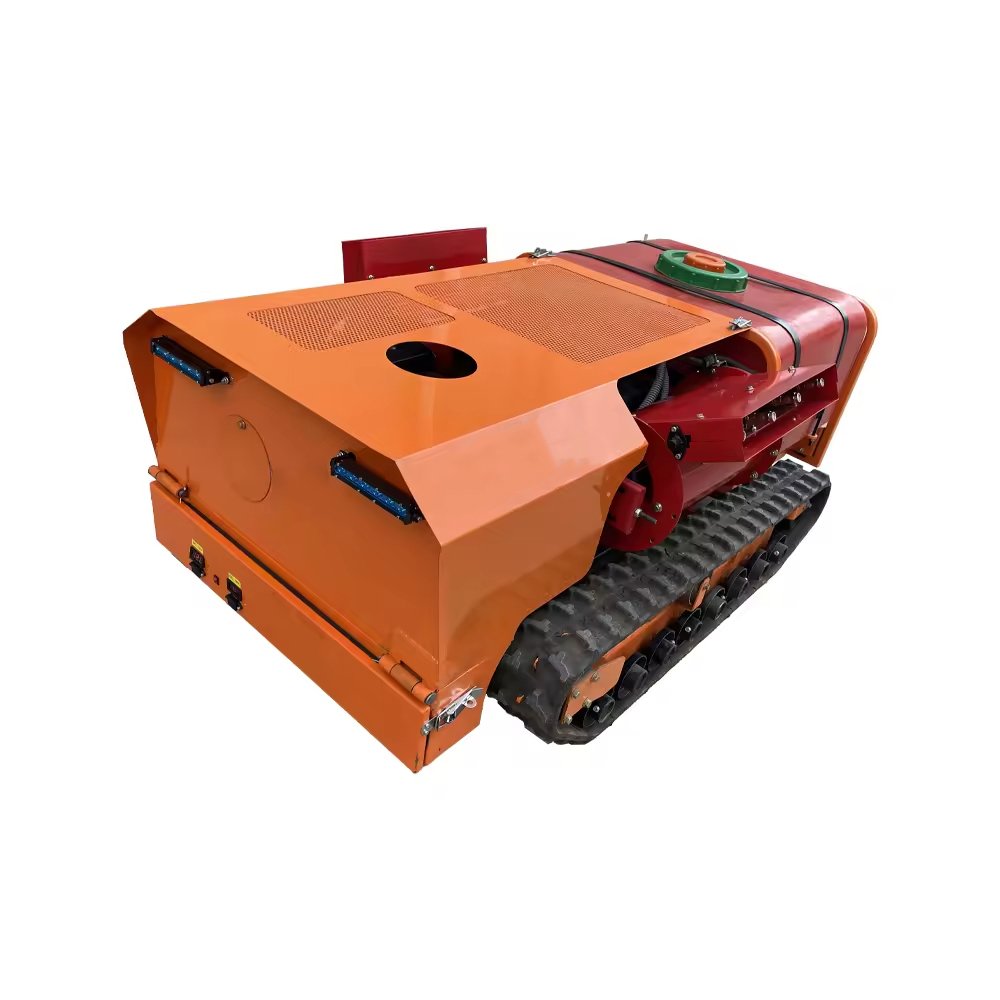

A leading agricultural technology company has recently launched a new remote-controlled GPS-enabled spraying drone, sparking significant interest within the industry. This innovative device represents a major step forward in modern agriculture, combining cutting-edge drone technology, precision GPS positioning, and remote control capabilities to deliver an efficient, intelligent crop protection solution. The introduction of this spraying drone not only addresses many of the challenges associated with traditional spraying methods but also paves the way for a more sustainable, efficient, and eco-friendly future in agriculture.
Precision Agriculture Driven by Technology
The core feature of this spraying drone is its high-precision GPS positioning system. By leveraging GPS technology, the drone can accurately define field boundaries and automatically plan the optimal spraying route. Traditional spraying methods often rely on manual operation, which can lead to uneven application, missed areas, or over-spraying, resulting in lower pesticide utilization and potential harm to crops and the environment. However, with the precise navigation capabilities of this drone, the even distribution of pesticides across the field is ensured, significantly increasing pesticide efficiency and reducing waste.
Additionally, the drone can adjust the spraying amount and method based on the actual needs of the field, achieving "precision spraying". This approach prevents the overuse of pesticides, aligning with the principles of precision agriculture, which aims to help farmers achieve higher yields and better quality with fewer resources.
Safety and Convenience through Remote Control
In traditional spraying operations, farmers are required to enter the fields themselves, which is both time-consuming and physically demanding, with considerable health risks, especially when working with high-concentration pesticides. The new remote-controlled GPS-enabled spraying drone eliminates these concerns by enabling remote operation. Farmers can control the drone from a distance, completing complex spraying tasks effortlessly through a remote controller or mobile app.
This remote operation feature significantly reduces farmers' exposure to pesticides, minimizing the risk of poisoning or allergic reactions, while also greatly improving operational efficiency. The drone is particularly effective in large-scale farming scenarios, where it can cover vast areas in a short amount of time, saving considerable labor costs and time.
Intelligent Sensing and Automated Adjustment
The design of this spraying drone also incorporates advanced intelligent sensor systems that continuously monitor various environmental parameters such as temperature, humidity, wind speed, and terrain variations during operation. Based on these data, the drone automatically adjusts the spraying method and pesticide dosage to ensure optimal performance under varying conditions.
Moreover, the drone's ability to analyze data and optimize field management helps farmers better understand crop health and field conditions. This not only improves crop yield and quality but also provides valuable data for informed agricultural decision-making.
Robust Terrain Adaptability
Unlike traditional agricultural machinery, this spraying drone is designed to meet the needs of complex terrains. Whether operating in flat fields, hilly areas, or steep mountain regions, the drone's robust terrain adaptability allows it to perform reliably and efficiently. This adaptability greatly expands the device's application range, making it suitable for use in large-scale farms, small family farms, and challenging terrains alike.
This design flexibility makes the remote-controlled GPS-enabled spraying drone a truly versatile agricultural tool, capable of meeting the diverse needs of farmers across different regions and environments, offering modern agriculture a more diverse range of solutions.
A New Force Driving Sustainable Agriculture
In an era where environmental protection and sustainable development are increasingly emphasized, agricultural production must balance efficiency and yield with environmental impact. The introduction of this spraying drone not only enhances production efficiency but also significantly reduces pesticide pollution of soil, water, and ecosystems, aligning with the trends of sustainable agriculture.
By enabling precise pesticide application and intelligent resource management, this drone effectively reduces the overuse of pesticides, minimizes the risk of pesticide residues, and lowers environmental damage. As this technology becomes more widely adopted, farmers will be able to conduct production in a more eco-friendly manner, achieving both economic and ecological benefits.
Conclusion:
The launch of the remote-controlled GPS-enabled spraying drone marks the dawn of a new era in agricultural intelligence. With its precision positioning, remote operation, intelligent adjustment, and strong terrain adaptability, this device offers unparalleled advantages in improving production efficiency, ensuring operational safety, and reducing environmental impact. It provides farmers with a more efficient, convenient crop protection solution while driving agriculture towards sustainable development.
In the future, this spraying drone is expected to be widely used worldwide, becoming a key tool in modern agriculture and helping farmers tackle increasingly complex agricultural challenges, ultimately leading to a comprehensive upgrade in agricultural production.